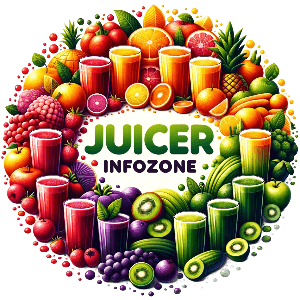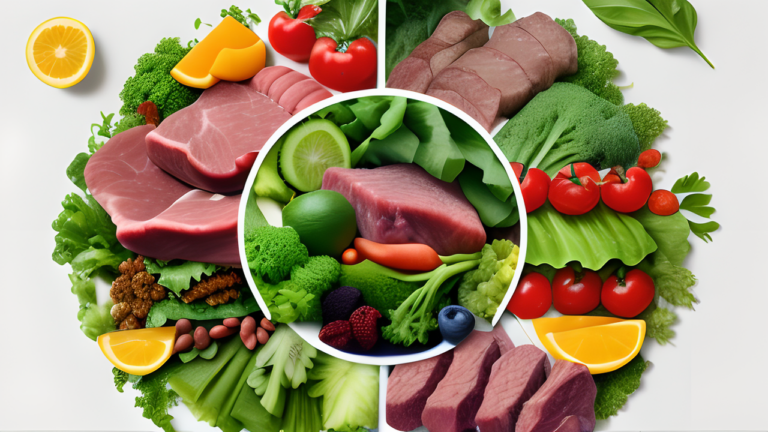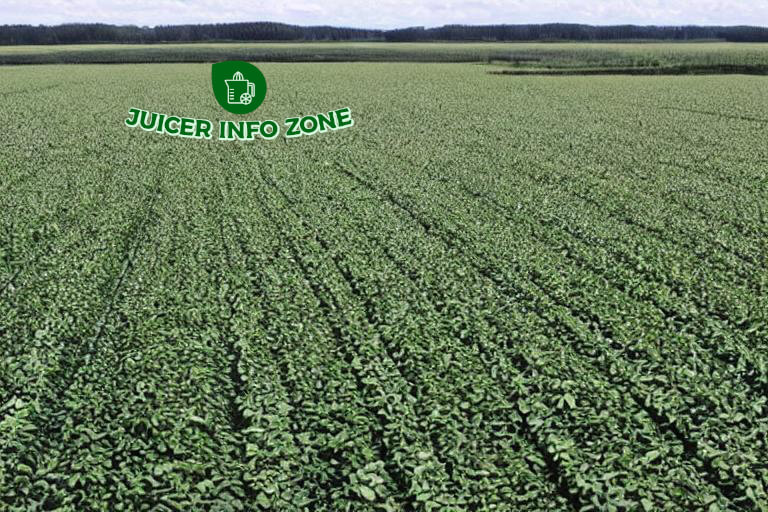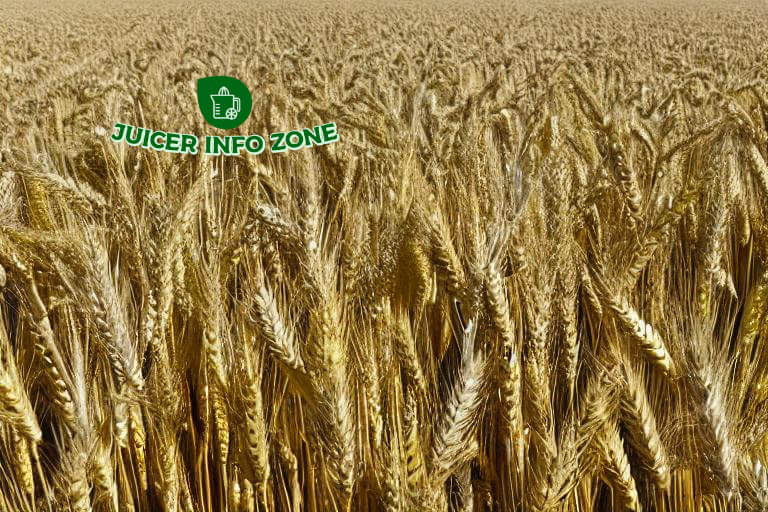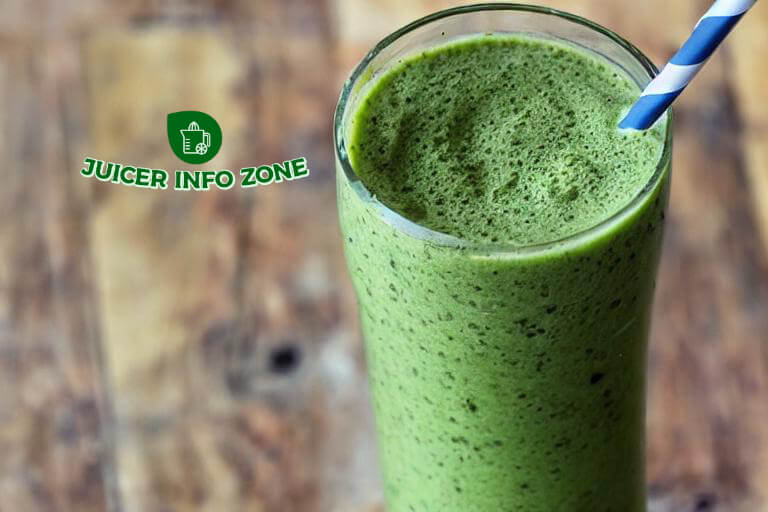Introduction to Kombucha Tea for Weight Loss

Kombucha diet health tea is nothing new, in fact it has been around for centuries. There are reports of Kombucha tea being used as a health drink or folk medicine as far back as 200 BC in China. Despite its long time use in the east, Kombucha has not caught on as quickly in the United States and other Western nations, although the popularity of this drink continues to grow and forms of it can even be found in bottled form in health stores now.
A major reason this “tea” hasn’t caught on like green tea, and black tea, and other teas you would find in the Ultimate Tea Diet is that this tea involves using a live bacteria that looks like a fungal mushroom. For this reason, sometimes you will also hear this referred to as Kombucha mushroom tea. While this tea is said to have many incredible health benefits, it does involve the growth of live bacteria, so it’s imperative that before brewing your own batch that you have a spotless clean and hygienic space with clean utensils.
This will help to ensure the maximum positive effect that can happen because of the drink and prevent other possible harmful bacteria from growing in the mix. There have been reports of negative harmful effects when this brew was made without hygienic equipment, so always take the necessary precautions before making Kombucha tea.
Kombucha with Green Tea
Kombucha tea is a form of tea, but it is a little different because while green tea and black tea are just regular teas, Kombucha mushroom tea requires tea to be brewed as a base, while the liquid that comes with the Kombucha bacteria is mixed in, as well as sugar, and then the bacteria itself is added to help in fermentation. The tea base can be green tea or black tea, which is brewed normally before the rest is added.
While the tea used is a choice of preference and nothing more, there are slightly more medical and health benefits to green tea then there is to black tea. Also, many people prefer Kombucha with green tea taste wise over Kombucha with black tea, but once again this is purely a point of preference.
Kombucha green tea is going to provide tons of health benefits when brewed correctly, but almost as many are going to be provided by any type of tea that is combined with the Kombucha culture properly in a clean environment.
Kombucha Tea Benefits
The important thing to note here is that while there are many reported Kombucha tea benefits health-wise most of these have not been scientifically proven. That said, many of the benefits have been tested on lab animals but not on people to see if the health benefits from Kombucha mushroom tea translate to people.
Since this is a folk medicine and not a drug, it doesn’t have to get tested by the FDA for harmful or helpful properties. This long time Chinese folk remedy has been attributed with a huge range of benefits including:
- Longer life
- Weight loss
- Improving digestion
- Improving metabolic health
- Preventing cancer
- Stimulating the immune system
- Improving immune system
There are many other claims made as to the potential health benefits that come from drinking Kombucha tea, but once again these haven’t been verified beyond individuals’ personal experiences and tests on lab animals, but not on people. But these are the reported benefits of Kombucha tea.
Kombucha Tea Recipe
Kombucha tea recipes can vary greatly depending on how much you’re making, or if you need to use more or less tea according to taste.
In addition to this, if the pH count is off early, then vinegar might need to be added to balance everything out

The most common recipe for making a batch of Kombucha tea involves making a 3 quart batch of tea. The following is probably the most common Kombucha tea recipe:
First of all, you will need several things. You will need:
- Kombucha culture
- 1 cup of white sugar
- 5+ tea bags of black or green tea ( I prefer one or the other and not a mixture)
- 3 quarts of water (for the number of ingredients listed above)
- 3+ quart pot to boil water
- A large enough glass container to hold the mixture being made
- A linen cloth
- One rubber band
The 1st step is making certain that equipment is spotless. Since you are going to be handling a live bacteria culture, you absolutely need to have everything clean, including washing your hands with hot water to avoid all contaminants.
The next step is boiling the three quarts of water. More or less can be made, but this Kombucha tea recipe is for three quarts of water.
Boil the water. Add about five tea bags. I actually tend to use six or even seven, but I like my tea very strong (much stronger than most people) and five tends to be the most popular ground for most people.
Once the tea is finished brewing, turn off the heat and add the sugar. Make sure the water isn’t boiling anymore. You don’t want the sugar to caramelize. Cover the pot and wait until the tea cools down to the low to mid 70s in temperature. This takes time, but it’s a very necessary step.
Once the tea has cooled down, pour it into the thoroughly clean glass jar. Add the liquid that comes with the Kombucha bacteria culture. Place the Kombucha “mushroom” into the jar and secure the lid with the linen and rubber band.
You need to now store the jar if an area that is dark and stays at about room temperature. You never want the temperature to fall below 68 degrees, and the ideal range is for it to stay between 74-82. Below 68, harmful bacteria of other kind can invade and ruin the tea. Wait about 8-12 days, and then it is all set to go!
More Options for Kombucha Tea
While brewing your own Kombucha tea at home is often the most popular option among health foods and folk lore medicine fans, in a lot of Whole Foods stores and other health food places.
If you don’t want to brew your own, there are many Kombucha green tea mixtures and other types of Kombucha drinks sold by the bottle in these stores.
Some people are big fans of these drinks while others don’t like the taste – but it is another option for people who believe in the possible health benefits of Kombucha Tea while not wanting to do the work, or take the chances that can come with, brewing their own batch of Kombucha Tea.
These drinks tend to be a little more expensive, and are not known for great taste – but they can be a much safer alternative for newbies than trying to create your own from scratch.
Kombucha Tea Side Effects

While the far, far majority of people haven’t experienced any side effects from Kombucha tea, there have been some reports of side effects that are important for people to know. While this has been a folk lore medicine from China for over 2,000 years, and while most of the side effects seem to stem from contamination during improper brewing, but there are reported instances of harm, and consumers need to know the risks.
There have been a handful of people who have felt stomach cramps, stomach pain, diaherrea and those types of side effects. Obviously if you have anything, stop immediately. However, there are also reports of 2-3 deaths that have occurred from respiratory acidosis or metabolic acidosis.
This is the main concern with drinking improperly made or simply tainted Kombucha tea, is that acidosis could occur and cause severe illness or even death.
It’s important to note that these are very rare cases: just as occasionally someone dies from Aspirin, but they do exist and any Kombucha Tea side effects need to be known.
Kombucha Tea In Conclusion
Kombucha Tea has been a folk remedy for such a long time, and although not all of these benefits have been confirmed, the long run of Kombucha as an herbal remedy indicates that there are many, many people who have long believed in the positive benefits of this product.
That said, each individual has to make their own decision about whether or not Kombucha tea is right for them and if the benefits are enough to deal with the often beleaguered taste and long time periods to brew.
